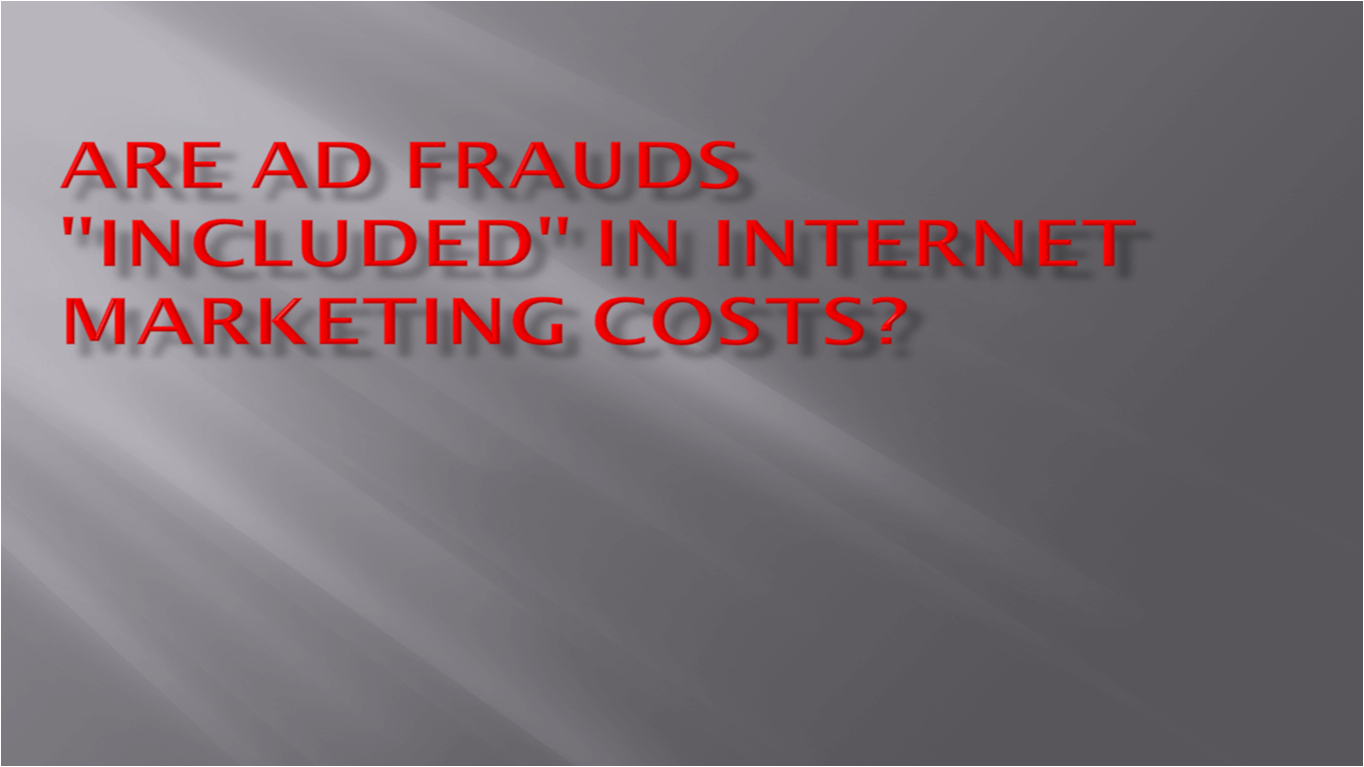Are Ad Frauds „Included” In Internet Marketing Costs?

source: own elaboration
Ad frauds have become so common that they no longer surprise anyone. Every year, they take huge share of marketing budgets and advertisers somewhat allow it. Why? Is it possible that they are unaware of this phenomenon? Or maybe it is more profitable for them to live in denial, despite the fact that they have access to data on this subject? The fact that the owners of advertising space, and often even very popular marketing platforms, are underestimating the data on this subject certainly doesn’t help. An example may be Twitter and the discrepancy between the declared and actual fraud scale it is struggling with.
In April of this year, Elon Musk made an offer to Twitter to buy it for $ 44 billion, thereby making th popular platform privately owned from now on. The proposal was accepted in the same month, but already in May the entire transaction was questioned. Tesla’s CEO said the trial has been „temporarily put on hold” due to his concerns about Twitter reporting severely underreported fake accounts statistics. According to a well-known social networking site, spam and fraudulent accounts are less than 5% of all active Twitter users. However, experts have long claim that these values are heavily underestimated. On May 13-15, 2022, research groups SparkToro and Followerwonk jointly analyzed over 44,000 randomly selected public Twitter accounts active in the last 90 days. The study used an algorithm based on 17 different warning signals. The analysis showed that as much as 19.42%, i.e., almost 4 times more than Twitter declares, accounts are, according to commonly accepted definitions, false or spam accounts. The researchers themselves say that this data may still be underestimated, so the real scale of the phenomenon may be even greater. Faced with such figures, Elon Musk called on Twitter CEO Parag Agrawal to prove that fake and spam accounts actually accounted for less than 5% of the total. Mr. Musk was due to receive a response from Twitter on June 1, but it wasn’t satisfactory enough for him. But that’s not all - Texas Attorney General Ken Paxton has opened an investigation into Twitter and a possible violation of the Texas Deceptive Trade Practices Act. Now the authorities of the well-known portal have time until June 27 to provide information on how they calculate and manage user data and how they use this data in their advertising activities.
However, Twitter isn’t the only case when a large advertising platform has to explain itself from the statistics it provides. Under a settlement in 2019, Facebook paid as much as $ 40 million in damages for allegedly inadvertently inflating the video viewing statistics of advertisers using its marketing services. The error was first noticed in 2016 and consisted in not counting views lasting less than 3 seconds when collecting data on the time of playing videos. Due to this oversight, the data available to business partners on the total time spent by users on one video could be overstated by even several dozen, and in extreme cases even several hundred percent.
What is the reason for such a lack of transparency of Internet giants when it comes to data on marketing frauds? Of course, it isn’t without significance here that the technologies used by fraudsters are currently extremely advanced - traffic generated by BOTs is becoming more and more difficult to distinguish from the real one, so detecting fraud isn’t easy. Another important factor is that well-known brands don’t want to be associated with marketing scams, even if they are just victims of such activities. As the research shows, the very fact that the brand name appears in the wrong context has a significant impact on how the brand is perceived. That is why large companies often prefer to conceal information about a fraud rather than disclose it and hold fraudsters accountable. Smaller companies, on the other hand, may not feel strong enough to fight cheaters, especially since they are less affected by this problem (the larger the marketing budget, the more attractive for cheaters the company is). So those who have the means to fight advertising fraud don’t want to do it for image reasons, and smaller players simply cannot afford it. All this means that much more money is invested in new technologies used by fraudsters than in those used to fight them.
We are also seeing it in the legislative aspect. Issues related to online fraud are rarely regulated by law, and even if they are usually too vague for the actual fight against those responsible for them to be fruitful. As a result, many fraudsters feel completely unpunished, and the advertising fraud industry is doing better than ever.
Another frightening reason why Ad Frauds are considered a „necessary evil” is that advertisers often include it in their marketing efforts. For example, we know that a certain percentage of all accounts on social networking sites are fake, so we take the correction for this when determining the details of a given campaign. What has happened is that advertising fraud is often included in the calculation of the CPM cost, i.e. the cost of reaching 1000 recipients. Advertisers accept lower costs of certain advertising channels, bearing in mind that some of their traffic will be false. Most brands accept that some part of their advertising budgets will be wasted due to fraud. As long as the cooperation brings tangible results, certain issues are left unmentioned. It is this lack of transparency that leads to the falsification of the data on Ad Frauds.
Underestimating the problem and sweeping it under the rug only supports the development of this unhealthy phenomenon. And it isn’t only about advertisers and owners of advertising space, but most of all about users - because in fact they bear the costs associated with „taking into account” fraud in the creation of marketing price lists and they are most often affected by the data obtained as a result of frauds. So the question is, do consumers find it as easy to accept the existence of advertising fraud as it does to other entities using online marketing?

